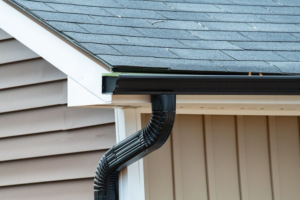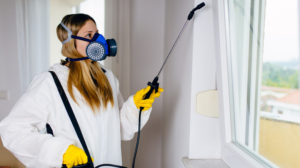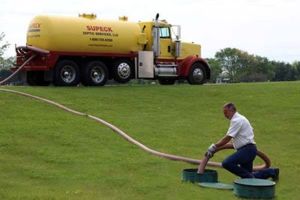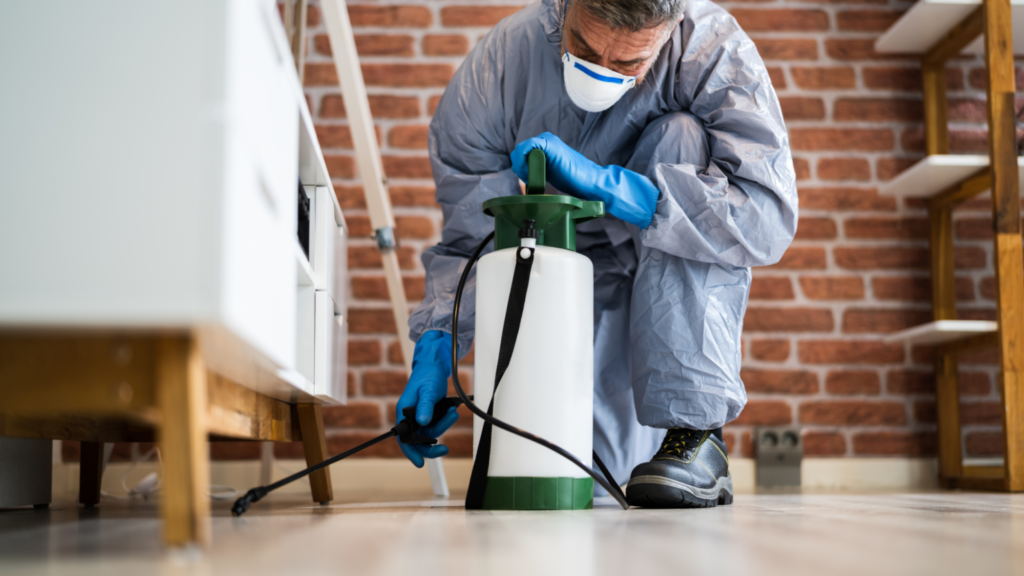Gutters are a key part of any home’s water management system. They collect and divert rainwater from the roof, directing it into downspouts and away from the foundation.
Without gutters, rainwater pools around the house’s foundation and causes damage. Gutter systems help to eliminate this problem by directing rainwater into drainage systems or downspout extensions.

Gutter systems work by collecting rainwater from the eaves of a house and redirecting it to downspouts. Downspouts empty the water away from the house, preventing foundation damage and preserving landscaping. Some gutters also have a diverter, which can direct the runoff into a hose or a rain barrel. This allows homeowners to use the water for gardening or other purposes, and reduces the strain on local drainage systems during storms.
Heavy rains cause soil erosion, wash away mulch, plants, and other landscaping materials, and flood basements or crawl spaces. Without gutters, excess water can seep through the walls and cause damage. Gutters help prevent these issues by directing rainwater away from the foundation and ensuring that water is deposited away from the home’s perimeter.
In addition to flooding, standing water near a foundation can also cause hydrostatic pressure to build up and weaken the walls of a home. This is because of the force exerted by water at rest, and it can be particularly damaging to older homes with brick or stucco walls. Gutters and downspouts are designed to keep water from pooling at the foundation, reducing this pressure and preventing damage to your home’s structure.
Gutters are an essential part of your home’s plumbing system, and they play a crucial role in protecting your home from water damage. They also provide a safe way to dispose of debris that may have fallen from your roof during storms. Gutters can also prevent the growth of mosquitoes and other pests that are attracted to damp areas.
A gutter system consists of a trough that runs along the eaves of your home and collects rainwater. Downspouts carry the water to a drainage system, preventing it from spilling over the edges of your house or running down its walls. Some gutters are shaped like gargoyles, which add to the architectural charm of historic homes and other buildings. However, they are less efficient than newer gutters, which can hold more water and drain more quickly. Regardless of the style of your gutters, it’s important to clean them regularly to prevent clogs and overflow.
They protect your home’s foundation
Imagine the havoc a heavy rainstorm can wreak on your home without gutters. Water cascades off the roof and accumulates around the foundation, causing soil erosion over time, creating voids and compromising the integrity of the soil around your house. Without gutters, this can also lead to leaks, flooding and even structural damage. Gutters prevent all of this by channeling excess rainwater to an area where it can be absorbed.
This is why you need to make sure your gutters are clean. The best way to do this is by using gutter guards, which are screens or other barriers that keep debris such as leaves from clogging your gutters. These can help you avoid the hassle of having to manually clear out your gutters once or twice a year.
Gutters are also essential for preserving the soffits, fascia, trim and siding of your home. By directing water away from these areas, they prevent the buildup of moisture that can lead to mold and mildew growth and cause cracks in your home’s exterior walls and windows. This protects your home from rot, as well as maintaining its overall beauty.
Additionally, gutters are a key component of your basement’s drainage system. Without them, rainwater that soaks into the ground around your home’s foundation can wick up through tiny cracks in the concrete and seep into your basement, causing dampness and even flooding. Gutters can prevent this from happening by routing the water to a suitable disposal point, such as an underground drain or another part of your yard.
Gutters are an affordable investment that can save you thousands of dollars in costly repairs for your home’s foundation, roof, basement and other structural components. They also protect your windows, doors, and landscaping work by keeping them dry during heavy downpours. This makes them a worthwhile addition to your home’s exterior and curb appeal. It is important to note, however, that your gutters will need regular maintenance, including cleaning and inspection. For this reason, it is best to rely on the expertise of a professional gutter installer.
They protect your roof
Gutters are an important component of your roof. They prevent water damage to your house’s siding, foundation, and structure, as well as protect your home’s shingles from rot and mold. However, gutters must be kept clean to function properly. A clogged gutter can cause water to back up onto the soffit and fascia, which will eventually erode and weaken them. This can also lead to roof leaks and water damage to interior walls. A functional and properly-maintained gutter system can save you money and time in the long run.
Without gutters, rainwater would simply fall off the roof and drain straight down the side of your house, soaking into the underlying layers. This can cause rot, mold, and other problems that can lead to costly repairs or even roof replacement. Gutters prevent this by collecting and draining rainwater away from the house.
A functional gutter system can also help you save on landscaping costs by preventing soil erosion and water runoff. When water is allowed to pool around your home, it can wash away the underlying layer of soil, which can damage your landscaping and even crack your foundation. Gutters prevent this by channeling water away from your home, where it can be used to water your yard and garden instead.
Another important benefit of gutters is that they can help keep your home pest-free. Many insects, such as mosquitoes and termites, are attracted to standing water. If they find their way into your home, they can damage the paint on your siding and windows, or even the foundation of your house. Gutters can help keep these insects away from your home by keeping the water moving away from it.
There are a variety of gutters available to fit your home’s needs. Steel gutters are a durable choice that can stand up to harsh weather, while vinyl is a more affordable option. Both are available in a variety of colors to match your home’s style. If you’re unsure which gutters are best for your home, consult a professional roofing contractor. They can recommend the best type of gutter for your home, and provide installation services.
They add beauty to your home
Gutters add a beautiful frame to your home’s walls and roofline, creating a symmetrical design. They are available in a wide range of colors and styles, so you can find one that complements your house. They also work well with many architectural styles, from modern minimalism to Victorian-style homes. Gutters help keep your house clean, as they prevent rainwater from flowing down the walls and staining them. In addition, they can prevent soil erosion and basement flooding, as they direct water away from the foundations of your house.
Without gutters, rainwater can pool around the edges of your roof and cause damage to your foundation, basement or crawl space, siding, windows & doors, landscaping, and even your lawn. Gutters direct the rainwater into a downspout, which drains the water on the ground and away from your house’s foundation. The downspout has a curved piece that drops the rainwater onto a splash block, which rests on the ground and slows down the flow of water into the drain.
Aside from protecting your property, gutters can make your home more attractive by preventing moisture damage. Without gutters, moisture can gather near your foundation, which can lead to mold and mildew. Gutters channel the water from your roof into downspouts, where it is directed away from the foundation. They can also keep moisture from pooling in the corners of your house, which can also cause mold and mildew.
If you’re planning on selling your home, new gutters can increase its value and curb appeal. Potential buyers will appreciate the fact that they won’t have to worry about clogged gutters and other moisture problems once they move in.
Gutters should be cleaned regularly to remove leaves, twigs and other debris that can clog them. You should also clean the downspouts every year to ensure proper drainage. You should also check the gutters frequently for leaks and loose sections, and trim overhanging branches that could cover them. In addition, installing gutter guards can minimize the need for cleaning and maintenance.





